Andrew Paul Wood – 20 November, 2010
Mercury Rising is a fairly unexceptional group show, but I think we can make excuses given the circumstances. No obvious theme stood out, though the representational dominated, and it was an entirely adequate celebration in defiance of adversity, encapsulating the talents of some significant artists and what they have been up to in 2010.
Even although the September earthquake recedes into the past, Christchurch resounds like a stricken bell; the city still being buffeted by unsettling swarms of aftershocks. There were a number of art casualties, including heritage architecture, artist studios, and the building on Salisbury Street into which the Jonathan Smart Gallery was about to move. Given the gallery’s stature in the Christchurch art scene, this was of course a tragedy. However I am delighted to report that the Jonathan Smart Gallery has pulled a phoenix trick and reincarnated at sculptor Neil Dawson’s Linwood studio at 115 England Street with the group exhibition Mercury Rising.
Unlike the earlier space, the new location is a bit of a mission on foot, but Smart shows are always worth the expedition out of the Four Avenues. The space is a large and gracefully proportioned white cube with a high and airy ceiling and looks marvellous.
Mercury Rising is a fairly unexceptional group show, but I think we can make excuses given the circumstances. No obvious theme stood out, though the representational dominated, and it was an entirely adequate celebration in defiance of adversity, encapsulating the talents of some significant artists and what they have been up to in 2010.
Heather Straka’s Betty I and Betty II are the painted versions of the photographic Betty whom we encountered back in March in the exhibition Do Not Resuscitate. Betty is no less saucy in painted form, though perhaps more hieratic with a slight quattrocento/Byzantine stiffness and crispness of line.
There was a small Miranda Parkes work, one of the last of her rouched and ruffled works, though perhaps not displayed at its best well out of eye level above a door. Kilter may derive its name from its vaguely tartan-like appearance and represents something of a tapped out vein that Parkes has moved on from, but offers a nice look over the shoulder to what has been.
Even the earthquake keeps a presence in a photographic work by Rob Hood of ripples running through the asphalt of a road in the zone in Earth Art Fault Lines, playfully drawing a connection between Robert Smithson’s efforts, nature’s violent effortlessness, and the Romantic traditions of landscape painting and photography.
Both Neil and Fiona Pardington have photographs included. Neil’s Waharoa, Otakau is both a record of the Otago Peninsula Marae’s entrance and an immaculate exercise in composition. Fiona’s Greek Athlete is at first surprising, the antithesis of her meticulous cataloguing of Maori taonga, but while the staring bronze suggests the stuffy realm of classical Academism, it slips naturally into the continuum of museum artefacts within a broader bi and multicultural matrix.
Back to painting. I adore Jude Rae‘s mix of traditional painterly values and postmodern sensibilities. Rae’s titles combine the Abstract Expressionist disinterest in descriptive titles, and yolks them to still life painting with the “SL” in SL#268 and SL#270. It is a little as if Jean-Siméon Chardin, filtered through French Impressionism, had developed the obsessive interest in banal objects of Giorgio Morandi - boxes and bottles rendered luminous.
And, appropriately enough, there is a magnificent Neil Dawson wall sculpture, Plates, a painted steel lacework re-imagination of a broken blue willow pattern plate recombined into a quasi-abstract form that vociferously announces Dawson’s Pop Art credentials with shades of Claes Oldenburg pared back by minimalist aesthetics to something clean, light and not afraid to be ornamental.
It is with great joy that the Christchurch art scene welcomes the Jonathan Smart Gallery back to business, and best wishes to the eponymous gallerist!
Andrew Paul Wood
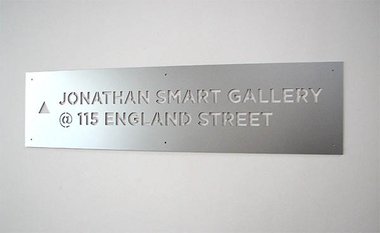

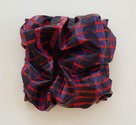
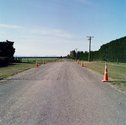
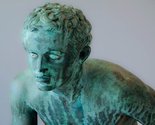
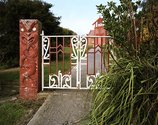
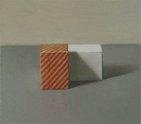
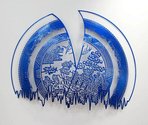
 Advertising in this column
Advertising in this column Two Rooms presents a program of residencies and projects
Two Rooms presents a program of residencies and projects



This Discussion has 0 comments.
Comment
Participate
Register to Participate.
Sign in
Sign in to an existing account.